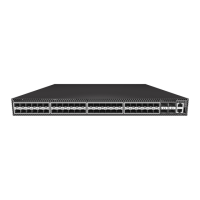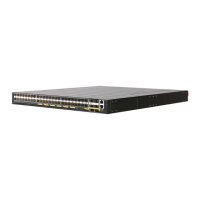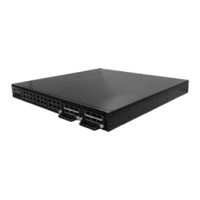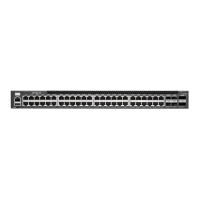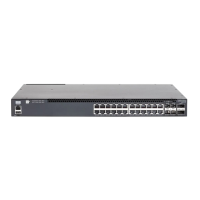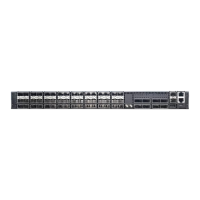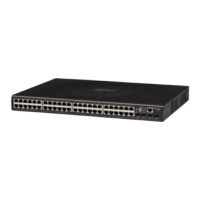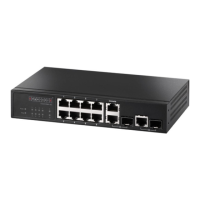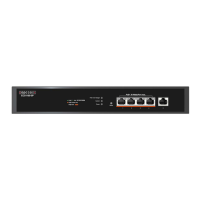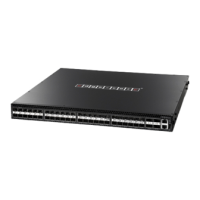Chapter 19
| Class of Service Commands
Priority Commands (Layer 3 and 4)
– 512 –
Priority Commands (Layer 3 and 4)
This section describes commands used to configure Layer 3 and 4 traffic priority
mapping on the switch.
Table 100: Priority Commands (Layer 3 and 4)
Command Function Mode
qos map phb-queue Maps internal per-hop behavior values to hardware queues GC
qos map cos-dscp Maps CoS/CFI values in incoming packets to per-hop
behavior and drop precedence values for internal priority
processing
IC
qos map default-drop-
precedence
Maps the per-hop behavior to default drop precedence IC
qos map dscp-cos Maps internal per-hop behavior and drop precedence
value pairs to CoS values used in tagged egress packets on
a Layer 2 interface
IC
qos map dscp-mutation Maps DSCP values in incoming packets to per-hop
behavior and drop precedence values for internal priority
processing
IC
qos map ip-port-dscp Maps the destination TCP/UDP port in incoming packets to
per-hop behavior and drop precedence values for internal
priority processing
IC
qos map ip-prec-dscp Maps IP Precedence values in incoming packets to per-hop
behavior and drop precedence values for internal priority
processing
IC
qos map trust-mode Sets QoS mapping to DSCP or CoS IC
show qos map cos-dscp Shows ingress CoS to internal DSCP map PE
show map default-drop-
precedence
Shows the per-hop behavior to default drop precedence PE
show map dscp-cos Shows internal DSCP to egress CoS map PE
show qos map dscp-
mutation
Shows ingress DSCP to internal DSCP map PE
show qos map ip-port-dscp Shows destination TCP/UDP port to internal DSCP map PE
show qos map ip-prec-dscp Shows ingress IP Precedence to internal DSCP map PE
show qos map phb-queue Shows internal per-hop behavior to hardware queue map PE
show qos map trust-mode Shows the QoS mapping mode PE
* The default settings used for mapping priority values to internal DSCP values and back to the
hardware queues are designed to optimize priority services for the majority of network
applications. It should not be necessary to modify any of the default settings unless a queuing
problem occurs with a particular application.

